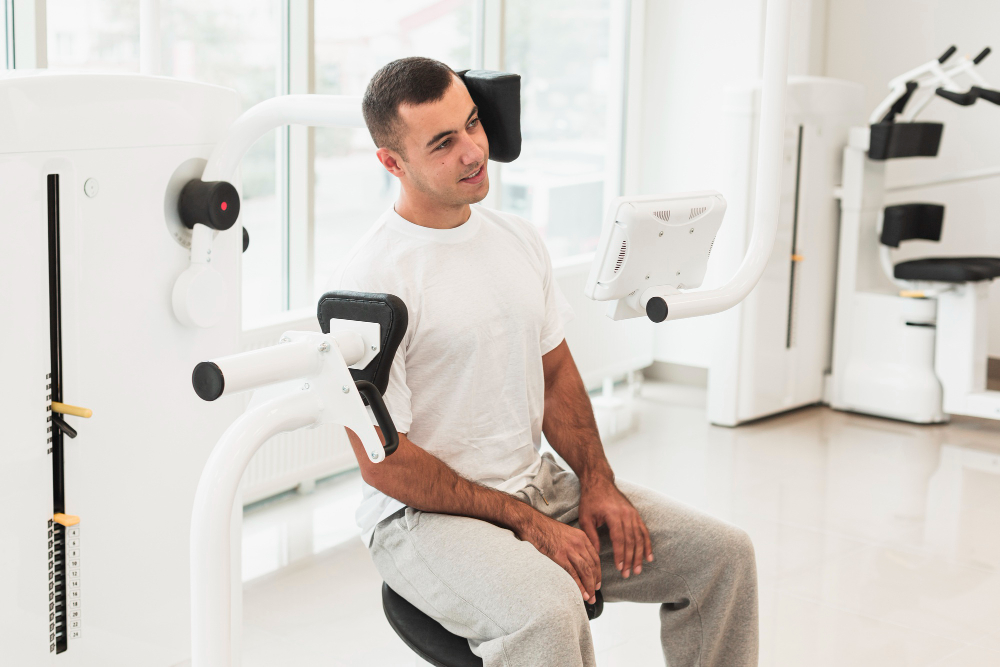
Last updated on by MRC
Every parent dreams of hearing their child’s sweet voice fill the air, sharing stories, giggles, and even the occasional tantrum. But what happens when that chatter doesn’t come as easily? If you’re noticing your child is a bit quieter than their friends, it’s natural to feel a twinge of concern. Speech delays can occur for various reasons, and they don’t define your child’s potential. Instead, they can be a stepping stone to finding new ways to connect and communicate. In this guide, we have discussed the causes of speech delays in toddlers and share some creative and engaging tips for early intervention that can make a real difference in your child’s speech journey.
Let’s first understand what speech delay is.
Speech delay refers to a situation where a child’s speech development is slower than expected for their age. While all kids develop at their own pace, certain milestones can help gauge whether a child is on track. Delayed speech can manifest in various ways, such as
It’s important to note that speech delays can be different from language delays, which involve difficulty understanding or using language. A child with a delayed speech might be able to understand what others say but struggle to express themselves verbally.
Identifying a speech delay in toddlers early on is very important, as timely intervention can significantly improve a child’s communication skills and boost their confidence. Every child is unique, and the reasons behind speech delays can vary widely, including developmental factors, hearing issues, or even environmental influences.
But are you confused about how a speech delay differs from a language delay? There’s a difference between speech and language delay. Here it is:
Speech delay in toddlers refers specifically to difficulties in the physical production of sounds, such as pronunciation and articulation. It includes challenges like not being able to form words clearly or combine them into sentences. For example, a child might have a limited vocabulary or struggle to say certain words correctly, making it hard for others to understand them.
On the other hand, Language delay involves issues with understanding and using language effectively. This can mean difficulty in grasping the meaning of words, constructing sentences, or engaging in conversation. A child with a language delay might have a good grasp of sounds but struggle to use them in a meaningful way or comprehend what others are saying.
In essence, while speech delay focuses on the mechanics of speaking, language delay is about the broader understanding and use of communication. Recognizing these differences is essential for parents, as it can guide them in seeking appropriate interventions and support for their toddlers.
Understanding what causes delay in speech is crucial for parents who are navigating their child’s communication development. Delayed speech in toddlers can stem from various factors, and recognizing them can help in seeking timely intervention. Here’s a breakdown of potential causes by age group:
During the first year, babies typically go through critical stages of language development, such as cooing and babbling. If a child is not making these sounds by around six months, it could indicate a delay. Common causes at this age may include:
By the age of one, children are expected to say their first words, and by age two, they should be using simple phrases. If they’re not meeting these milestones, parents might wonder about speech delay in toddlers. Possible causes include:
As children approach preschool age, they should be able to communicate more effectively, using longer sentences and a broader vocabulary. A speech delay at this stage may be due to:
Regardless of age, several overarching factors can cause delayed speech:
When it comes to identifying speech delay, being aware of specific symptoms is crucial for early intervention. Here are some common speech delay symptoms that parents should focus on:
Take a look at: » What signs indicate a need for speech therapy?
If you suspect your child has delayed speech development, seeking a proper diagnosis and treatment plan is essential. Here’s a breakdown of how speech delays are typically diagnosed and the treatment options available:
Initial Screening: Pediatricians often conduct routine screenings during regular check-ups. They may use standardized questionnaires or developmental checklists to assess your child’s speech and language skills.
Comprehensive Evaluation: If concerns persist, a speech-language pathologist (SLP) may conduct a detailed evaluation. This assessment can include:
Hearing Assessment: Hearing tests may be performed to rule out any auditory issues that could contribute to delayed speech development. Even mild hearing loss can significantly impact a child’s ability to learn and use language.
Developmental History: The SLP will take a comprehensive developmental history, asking about milestones, medical history, and any relevant family history of speech or language disorders.
Speech Therapy: The most common treatment for delayed speech development is speech therapy. An SLP will design a tailored program that may include:
Looking for the best physiotherapy center for speech therapy in Kolkata? MRC (Medical Rehabilitation Center) in Kolkata offers specialized speech therapy services for individuals with communication disorders. Their experienced therapists provide personalized treatment for speech delays, language issues, and voice problems. MRC’s holistic approach includes advanced diagnostics and integrated therapeutic techniques to improve speech clarity and language skills. Whether for children or adults, MRC ensures effective outcomes in a comfortable, patient-centered environment.
Parent Involvement: Parents are encouraged to be active participants in the therapy process. Techniques might include:
Social Skills Development: Group therapy sessions may be beneficial for toddlers who have social communication challenges. These sessions promote interaction with peers, helping children learn to express themselves in a social context.
Use of Technology: Some therapists may incorporate apps and tools designed to encourage speech and language development. These resources can make learning engaging and effective.
Monitor Progress: Regular follow-ups with the SLP are essential to monitor progress and adjust the treatment plan as needed. This helps ensure that the child continues to make strides in their speech and language skills.
Addressing Underlying Issues: If delayed speech development is linked to other medical or developmental conditions, addressing those underlying issues is critical for effective treatment.
Assessment and Evaluation. The first step in speech therapy is a comprehensive assessment of the patient’s communication abilities. The SLP will evaluate speech production, language comprehension, swallowing function, and any other relevant areas.
They adopt a forthright tone and manner, use specialized words, and subject their kids to long and detailed explanations and sets of instructions. They may also make references to past events and abstract concepts beyond the child’s level of development.









